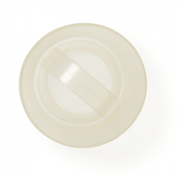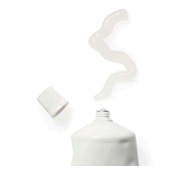We believe that all young people deserve the opportunity to decide if, when, and under what circumstances to get pregnant and have a child. And that means knowing all there is to know about birth control.
The explorer is a place for you to discover which birth control method is best for you. We’ve included every available method and will always update with new information. Click on any method for more details. Want a more apples-to-apples way to compare? View a side-by-side comparison on Bedsider, Power to Decide's online birth control support network.



















